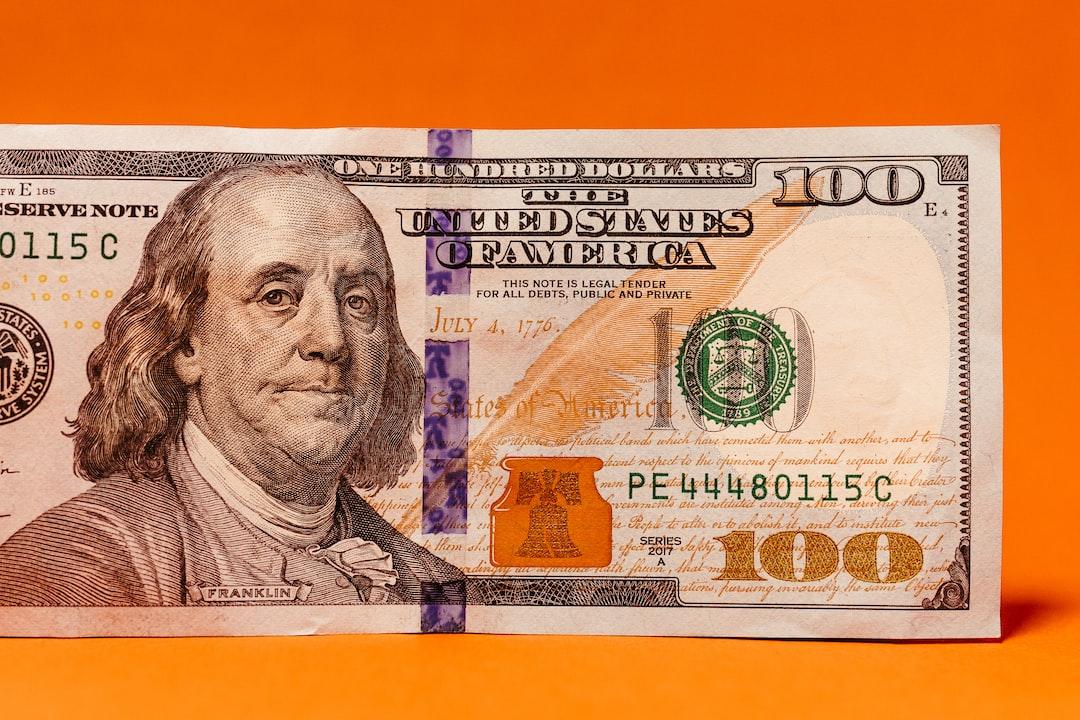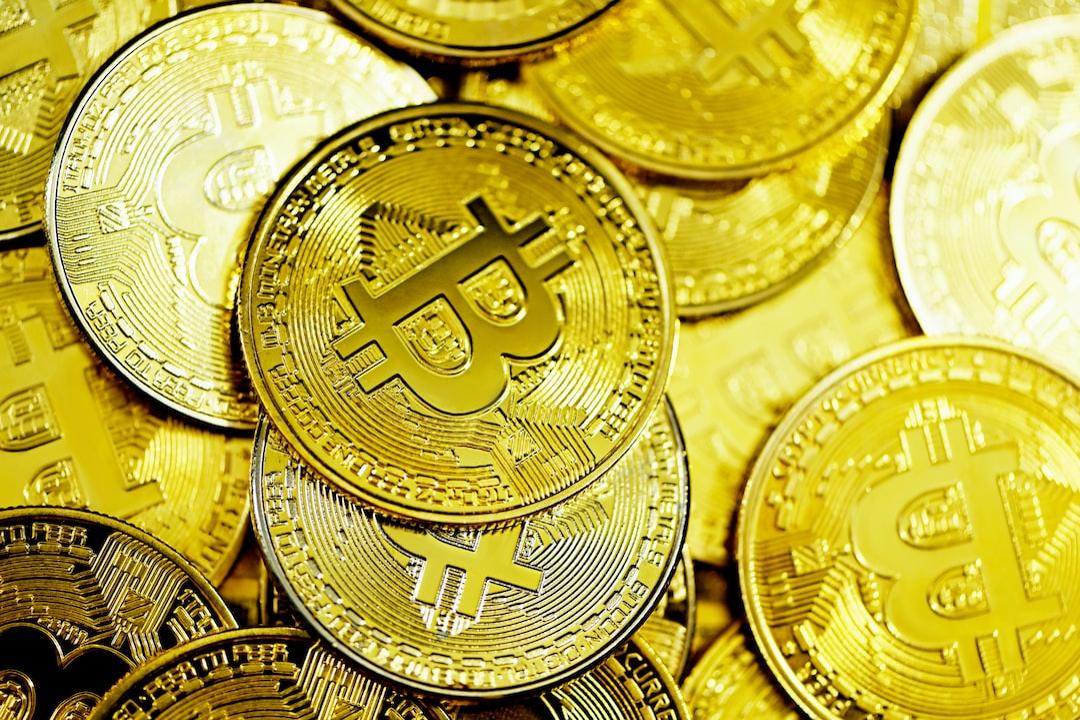MakerDAO is undergoing a profound transformation in its brand and tokenomics, transitioning from the name change to Sky Protocol to the shift from governance token MKR to SKY. However, this transformation has not sparked much market attention, and the reduction in holdings by investors and disagreements within the community have added uncertainty to its future. This article will deeply analyze the tokenomics, governance mechanisms, and collaboration strategies with traditional finance behind Sky.
Background: MakerDAO Confirms Name Change to Sky! Four Major Whales “Monopolize Voting” USDS Rises to Become the 3rd Largest Stablecoin
Context: “Rescue MakerDAO” – Founder Introduces “Sky Deflationary Proposal” to Stimulate MKR’s Counter-Trend Surge
MakerDAO, one of the early pioneers in decentralized finance (DeFi), has recently initiated a profound reform of its tokenomics model. From rebranding to Sky Protocol to gradually replacing the governance token MKR with SKY. Unfortunately, this carefully choreographed transformation has made little impact on the market.
As early as 2022, founder Rune Christensen proposed the “Endgame Plan,” aiming to integrate real-world assets (RWA), optimize the economic mechanisms, and reshape the brand to address increasingly complex governance challenges and intense market competition. However, the implementation of this plan has not been smooth. Some investors have expressed doubts about the strategic direction, gradually reducing their holdings of MKR; internal community disagreements regarding governance have further divided opinions, making the transformation low-key and, in fact, barely noticed by the market.
This transformation is not just an innovation of MakerDAO’s existing model but a reshaping of its future positioning. The launch of Sky Protocol marks Maker’s shift from a single stablecoin protocol to a diversified DeFi ecosystem, and its deep cooperation with traditional finance further emphasizes the ambition behind this strategy. Rune’s vision is to build Maker as a bridge between on-chain and off-chain, enhancing the stability and market appeal of the protocol by introducing RWA and optimizing tokenomics.
However, the market seems to be unaware of the far-reaching implications of this change: the reduction in holdings by investors and the community’s disputes have obscured the new landscape being constructed by Sky. This article will thoroughly analyze the adjustment process of the MKR economic model and its significance, and explore the deeper signals released by its collaboration with Wall Street capital.
MakerDAO’s Brand Reshaping and Token Transition
MakerDAO’s brand upgrade to Sky Protocol has been accompanied by the gradual transition of the governance token from MKR to SKY. Through the sky.money platform, users can voluntarily exchange 1 MKR for 24,000 SKY at a fixed ratio. As of March 25, 2025, the total supply of MKR has been reduced to approximately 874,000 tokens (due to historical burns and other factors), with 11.8% having been converted to SKY. This conversion rate is lower than expected, reflecting a cautious attitude among some holders towards the new ecosystem.
Meanwhile, the stablecoin DAI offers a 1:1 upgrade path to USDS, and users can stake USDS to earn SKY rewards, significantly enhancing the functionality of USDS. According to the latest data, the total value locked (TVL) in the Sky ecosystem is approximately $480 million, and the circulating supply of USDS is estimated at $1.5 billion, indicating initial market acceptance of its stablecoin system. However, the total supply of Dai still stands at $8.3 billion, meaning 82% of Dai has not yet been upgraded, providing ample room for USDS’s growth.
It should be noted that upgrading to the Sky ecosystem is not mandatory; Dai and MKR users can choose to retain the original model, but only holders of USDS and SKY will be able to unlock the full features of the Sky protocol, such as governance participation, reward earning, or using new modules. This voluntary conversion design retains the flexibility of Maker while allowing for a transition period for the promotion of Sky. For example, users holding Dai who do not upgrade will not be able to enjoy staking rewards from USDS, and MKR holders who do not convert to SKY may miss out on governance rights in the new ecosystem.
The significance of this shift is that Sky, through token conversion and brand reshaping, not only unifies the governance system, injecting new vitality into USDS, but also lays a solid foundation for future economic model optimization and the RWA strategy. Although the conversion progress has not yet fully covered the market, the 11.8% conversion rate shows that there is still a large proportion of MKR holders waiting to see. However, the embryonic form of the Sky ecosystem has already taken shape. In the future, as the circulating supply of USDS grows and more functions are introduced, this rate is expected to further increase.
SKY Smart Burn Engine
Sky has introduced the “Smart Burn Engine” mechanism, designed to optimize its economic model by reducing the circulating supply of SKY tokens.
According to a post from Sky co-founder Rune on the X platform on February 24, this mechanism was recently activated. The initial plan is to purchase and burn SKY tokens at a rate of approximately $1 million USDS per day. However, the burn rate is not fixed and will be decided through community governance. According to the latest proposal in the Maker community on March 17, the burn rate of SBE has been adjusted to $500,000 USDS per day and is awaiting the final approval of the community’s execution vote. If the new burn rate is applied, the annual burn amount would be approximately $183 million. With the current market price of MKR (about $1,270) and the 1:24,000 conversion ratio, the unit price of SKY is about $0.053. Based on this calculation, the number of SKY tokens burned annually would be about 345 million. Assuming the initial total supply of SKY is 24 billion (based on a simplified scenario where 1 million MKR is entirely converted to SKY), the annual burn volume would account for approximately 1.44% of the total supply. Although this ratio seems modest, if sustained over the long term, the cumulative effect will significantly tighten the supply structure.
The funding source for SBE execution is a critical support for the burn mechanism. Sky’s burn funds mainly rely on protocol surpluses, with interest income from tokenized U.S. Treasury bonds playing a key role. According to data from makerburn.com, the current surplus in the DAO-controlled Treasury is $139 million, mainly from Dai borrowing interest and early RWA income. However, the annual burn demand of $365 million far exceeds the current surplus, indicating that Sky may rely on future RWA investment income or other revenue sources to supplement funds.
This mechanism increases the scarcity of SKY by reducing its circulating supply, creating space for value growth for long-term holders. Compared to Maker’s slow burn of MKR (1% – 2% annually), the scale and automation of the Smart Burn Engine are more aggressive, demonstrating Sky’s innovation in tokenomics design. At the same time, the burn actions, relying on RWA income, highlight Maker’s first-mover advantage in the real asset field. From a broader perspective, this strategy strengthens Sky’s competitive position in the DeFi stablecoin market, especially as USDS’s circulating supply gradually replaces Dai. Its deflationary model may attract more investors who are focused on long-term returns.
MKR/SKY Staking and Seal Engine
Sky’s Seal Engine mechanism offers users a new way to participate: by locking MKR or SKY tokens in exchange for staking rewards (Seal Rewards), which are typically distributed in the form of USDS or Sky Star tokens (e.g., SPK).
As of now, the total value locked (TVL) in this mechanism has reached $210 million, showing a certain level of appeal. Unlike traditional staking, the Seal Engine retains some flexibility: although the locked tokens cannot be directly withdrawn, users can borrow USDS to obtain additional funds, with the current borrowing rate set at 20%, dynamically adjusted by on-chain governance. This design reduces the liquidity cost of locking, making it more attractive for users to participate. However, a withdrawal fee must be paid when unlocking, starting at 5% and increasing over time to a maximum of 15%.
The staking mechanism provides holders with a stable income source, using USDS as the reward medium, which not only enhances its liquidity and utility in the DeFi ecosystem but also increases the overall stickiness of the ecosystem through its connection with SKY.
Strategic Significance: Sky’s Diversified Positioning and Industry Leadership
Sky’s tokenomics model has evolved from the single-burn mechanism of MKR’s era to a multidimensional system focusing on both burn and staking. The Smart Burn Engine drives value growth by gradually reducing the supply of SKY, while the Seal Engine strengthens ecosystem stickiness through token locking and rewards. The stability of USDS and the yield properties of sUSDS further enrich this system.
The introduction of RWA is the core pillar of this model. Unlike traditional DeFi protocols that rely on the volatility of on-chain assets, Sky achieves more reliable cash flow through the income from real-world assets. This not only ensures the economic activities within the ecosystem but also lays a foundation for its ability to withstand market downturns.
Furthermore, compared to protocols like Aave and Compound, Sky’s uniqueness lies in its ability to connect on-chain and off-chain assets through RWA, breaking the limitations of DeFi’s reliance on native crypto assets. Aave focuses on providing liquidity and borrowing services, Compound specializes in decentralized lending, while Sky, by tokenizing U.S. Treasury bonds and other assets, opens a new path that combines institutional and decentralized finance. This positioning not only keeps it at the forefront of the stablecoin field but also gives it a head start in the race to integrate real-world assets, setting a new benchmark for the industry.
Signal of Collaboration with Wall Street
It is worth noting that Sky’s transformation is accompanied by deep cooperation with traditional financial giants. The tokenized U.S. Treasury bond products of BlackRock-Securitize, Superstate, and Centrifuge are set to receive up to $1 billion in investment from Sky (formerly MakerDAO).
Specifically, the final allocation of this plan will be driven by the market, with a cap of $1 billion. If the cap is reached, BUIDL issued by BlackRock-Securitize is expected to receive $500 million, USTB from Superstate will receive $300 million, and JTRSY from Centrifuge will receive $200 million. After community governance approval, these assets will become collateral for Sky’s native stablecoin USDS and its yield-bearing counterpart sUSDS. This cooperation not only provides a solid asset backing for Sky’s economic model but also releases an important market signal amid the reduction of MKR holdings by Wall Street investors.
Over the past few years, some Wall Street investors (e.g., a16z) have expressed doubts about Maker’s strategic direction, gradually reducing their holdings of MKR, causing market confidence to wane. However, collaboration with top institutions like BlackRock may reverse this narrative. BlackRock, the world’s largest asset management company, managing over $10 trillion in assets, has chosen to work with Sky’s tokenized product BUIDL, signaling that Sky’s technology and compliance standards have reached institutional approval. This choice not only injects high liquidity and low-risk real assets into the stability of USDS and sUSDS but also indicates that Sky may regain trust in the traditional finance sector.
This signal is particularly crucial in the current context. The $1 billion investment scale not only validates the strategic value of Sky’s connection between DeFi and traditional finance (TradFi) but also may change the market’s cautious attitude. With BlackRock’s industry influence as a backing, Sky may attract more attention from traditional capital, reversing the downward trend caused by prior reductions in holdings. More importantly, this collaboration directly supports Rune’s long-term vision: by deeply integrating RWA, Sky will not only maintain its leadership in DeFi but also secure a position in the institutionalization wave of TradFi. This development injects new momentum into Sky’s future, signaling that its economic model’s potential will gradually be realized across a broader financial ecosystem.


